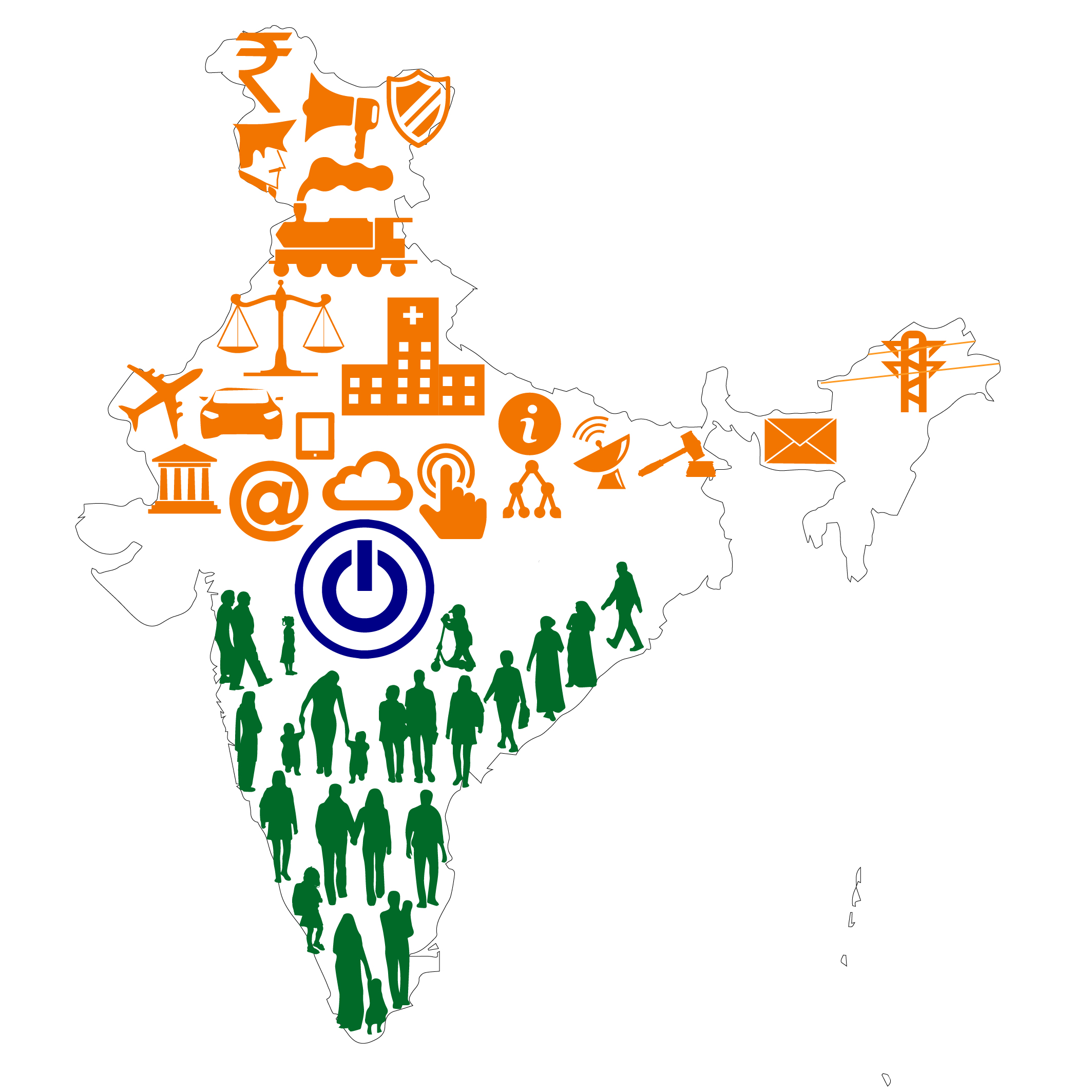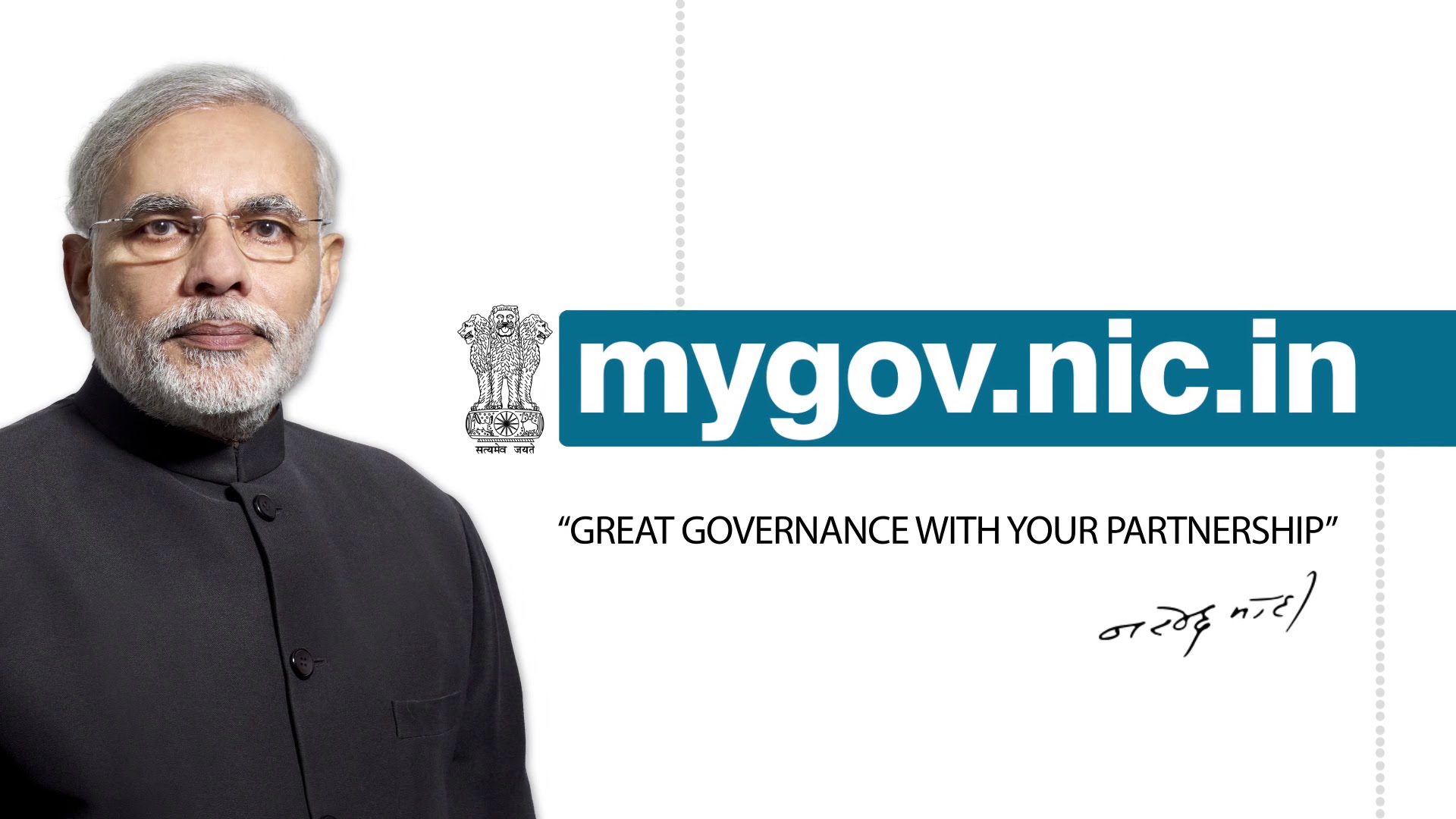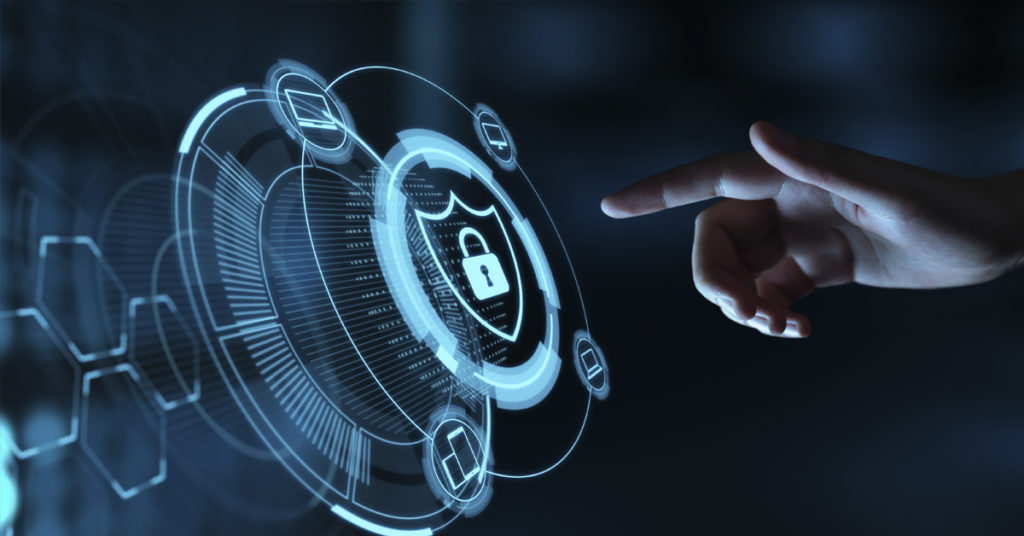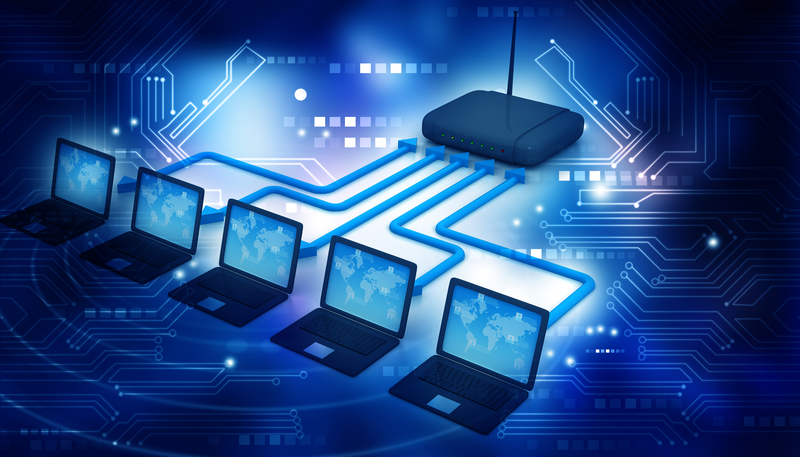Digital India is a campaign that the Government of India launched so as to ensure that all their citizens are able to access government services electronically. This is a mammoth project which has been undertaken for improving the infrastructure of online services, increased internet connectivity and making the country empowered digitally are all the various facets of Digital India. This was formally launched on the 1stof July 2015 by the Prime Minister Shri Narendra Modi though it was presented on the 20thof August 2014 in the Union Cabinet.
The vision of this Digital India program is to ensure that India is transformed into a society that is digitally empowered and India becomes a knowledge economy. Every Indian citizen should have a digital infrastructure as one of his/her core facilities.
There are three areas of this vision. They are as follows:
#1 – The digital infrastructure is to be a core utility available to all citizens. This means that –
• High-speed internet which will be available to all citizens.
• A digital identity will be created and monitored as well as authenticable to all citizens from the cradle to the grave.
• The bank accounts will be available via mobile phones and so the citizens will be participants in the financial and digital space.
• They will be able to better and more easily access the common service centers.
• There will be a shareable private space which will be available to all on a public cloud.
• The cyber space will be both safe and secure.
# 2 – The services and governance should be on demand. This will entail –
• The Geospatial Information systems will be leveraged so that decision systems can be supported and developed.
• Cashless and financial transactions will increase.
• The ease of doing business will improve due to digital transformation of society.
• Citizen entitlements will be available on the cloud and it will be portable.
• There will be services which will be available in real time using mobile or online platforms.
• Integrated services across various departments and regardless of jurisdictions.
#3 – Empowering citizens digitally. This means that –
• There will be universal digital literacy.
• The digital resources and the various services will be available in Indian Languages.
• The digital resources will be more accessible universally.
• There will be digital platforms available for collaboration of participative governance.
• The citizens will no longer need to submit government documents or certificates physically.
As part of this gigantic task, the rural areas are also to be connected using high speed internet networks.
Digital India has 3 main components –
• The digital infrastructure creation
• The digital services delivery
• Digital literacy

Connected India
The custodian of Digital India is the Bharat Broadband Network Limited who will have it executed through the National Optical Fiber Network. United Telecoms Limited has been ordered by BBNL to use GPON to connect 250,000 villages and this will ensure broadband which is FTTH based. This step is scheduled to be completed by 2017.
There are also 28,000 BPO seats which will have one or more common service centers for each of their gram panchayats.
The Union Budget of 2016 announced that 11 different technology initiatives were to be set up and these included the data analytics usage so that tax evaders could be nabbed, opportunities were to be created for IT companies so that they would be able to build systems. Their literacy program would encompass the coverage of 6Crore rural households and there is a plan that 550 farmer markets would be connected using technology.
One of the facts is that only 2% of people that speak English live in rural areas and the others only use their vernacular language. Therefore, in order for these rural Indians to connect with the digital India, the government has impelled the service providers like Rediff, Gmail and Office to provide email addresses not in English but in regional languages too!
These email providers have shown positive signs and they are working in this direction. There is another company based out of India, Data Xgen Technologies Pvt. Ltd. This company has launched linguistic email addresses under Datamail. This is the first of its kind in which email addresses can be created in 8 Indian languages in addition to Arabic, Russian, Chinese and of course English. The project will extend to 22 languages in the future.
As a result of the Digital India 101, there will be accountability of governance created in addition to unprecedented amounts of transparency. The technology will be leveraged so that the quality of health care, education, financial inclusion, farming and other sectors will improve and the citizens will be empowered. This programme aims to use technology extensively so as to achieve effective and economic governance.
There are various programs implemented under Digital India. And through the “MyGov” platform where ideas and suggestions can be exchanged with the government. This is used to get advice, feedback, input and other important data from the citizens.

Prime Minister Mr. Narendra Modi
Some Important Programmes which are part of Digital India 101 are as follows:
The “Jeevan Pramaan” allows pensioners to get their life certificates through the portal. There are more than 8 Lakh pensioners who have already registered here.
Nowadays e-greetings portal is using to send out greetings on importance days and holidays such as Diwali, Teacher’s day, Independence Day.
Now e-Books platform or e-Basta are using by the schools. There are 501 e-Contents as well as 15 e-Basta book collections which are available.
“Digital Locker System” makes sure that the citizens do not need to submit their certificates and documents which are already present in the government departments. Till now over 10 lakh Digital Lockers have created.
Another initiative under Digital India 101 is “e-Sign”, this allows you to digitally sign the documents. So far, over 1 lakh 75 thousand signatures have been issued.
“e-Hospital” allows appointments, accessing of diagnostic records and other medical data. It even allows the user to check the availability of blood and other medical details they may need.
The above mention are some of the programs which are implemented under Digital India. The scope and reach of Digital India are growing with each passing day. Let us be a part of this wonderful initiative and making connecting India.




About The Author: Udaya Prakash
More posts by Udaya Prakash